Chevron vs. Herringbone: The Ultimate Guide to Flooring Patterns, Tiles, and Hardwood Styles

Moderator (Journalist): Sarah Winslow
Interior Designer (Questioner): Isabella Price
Tile Expert (Responder): Tony Marquez
Sarah Winslow:
Welcome everyone to this in-depth discussion on two of the most iconic flooring patterns in interior design—chevron and herringbone. Today, we’ll be exploring everything from their history, to their aesthetic differences, to their practical applications. We have with us Isabella Price, a renowned interior designer, and Tony Marquez, a tile expert with over two decades of experience. Isabella, why don't you kick things off?
1. Introduction to Chevron and Herringbone Patterns
Isabella Price:
Thanks, Sarah! Tony, I’ve been seeing both chevron and herringbone flooring making a huge comeback in modern interiors. For our readers who may not be familiar, could you explain the basic difference between herringbone and chevron?
Tony Marquez:
Certainly! The difference between chevron and herringbone primarily lies in how the planks or tiles are arranged. In a chevron pattern, the planks are cut at an angle (usually 45 degrees) and meet in a perfect point to create a continuous “V” shape. This creates a clean, zigzag design. Meanwhile, herringbone is made by arranging rectangular tiles or planks in a staggered zigzag, where the ends of the pieces overlap, forming a broken, more subtle zigzag pattern.
2. Aesthetic and Design Differences
Isabella Price:
I see. So when a client asks for one or the other, how do you typically explain the aesthetic difference between herringbone and chevron in terms of the final look?
Tony Marquez:
Great question. The chevron pattern tends to create a more seamless, sleek look. It’s bolder and a bit more dynamic due to the sharp “V” shapes, which can draw the eye across the room. It’s often used in modern or contemporary spaces. Herringbone, on the other hand, is more traditional and classic. The staggered layout of the planks creates a more intricate texture, adding depth to the floor or wall without overpowering the space. Herringbone is often used in classic or rustic designs but can still fit perfectly in contemporary settings.
3. Chevron vs. Herringbone for Flooring
Sarah Winslow:
That’s a great distinction! Now, let’s get into the practical applications for each pattern. Isabella, you’ve worked with both chevron floors and herringbone floors. When would you recommend one over the other?
Isabella Price:
It depends on the overall vibe of the space. For clients who want something bold and striking, I often recommend chevron pattern flooring. It’s ideal for large, open spaces because the angular lines can create a visual flow. On the other hand, if a client is looking for something timeless and subtle, herringbone floors are usually my go-to. The herringbone pattern adds texture without being too loud, making it perfect for smaller spaces or areas that need a refined touch, like hallways or entryways.
Tony Marquez:
I agree with Isabella. From a technical perspective, herringbone vs. chevron flooring also differs in installation difficulty. Chevron flooring pattern requires precise cuts and can be a bit more complex to install, whereas herringbone is slightly easier since the tiles or planks are simply placed at a 90-degree angle.
4. Chevron vs. Herringbone in Tiles
Isabella Price:
That brings us to tile applications. I’ve noticed a rising trend in using these patterns not just for floors, but also for walls and backsplashes. Tony, how do the two patterns compare when used in tiles?
Tony Marquez:
Both chevron and herringbone patterns work beautifully in tile installations. Chevron tile patterns are especially popular for creating a sleek, modern backsplash or feature wall. The clean lines and sharp angles can give kitchens and bathrooms a high-end look. On the other hand, herringbone tile patterns tend to provide a more relaxed, textured feel, making them ideal for spaces that want a bit of movement without overwhelming the space. For instance, a herringbone backsplash can add a layer of sophistication to a kitchen.
5. Chevron vs. Herringbone in Hardwood
Sarah Winslow:
Let’s talk about hardwood. How do the two patterns work with chevron hardwood flooring versus herringbone hardwood flooring?
Tony Marquez:
Chevron hardwood floor patterns offer a modern take on classic hardwoods. They give the room a structured and orderly look, while still maintaining the warmth of wood. It works well in spaces where you want a geometric feature. Herringbone hardwood floors, on the other hand, lean towards a more traditional and elegant design. The staggered layout gives the hardwood more texture and depth, making it ideal for both formal and informal settings. I’d say the biggest decision factor is whether the client wants something more structured and modern (chevron) or classic and textured (herringbone).
6. Durability and Maintenance
Isabella Price:
When it comes to durability, is there any difference between chevron and herringbone?
Tony Marquez:
In terms of durability, there’s really no significant difference between the two patterns. What matters more is the material itself—whether you’re using wood, tile, or another medium. That said, chevron patterns require a bit more precision during installation, so you want to make sure you have a skilled installer to avoid any misalignment.
7. Cost Considerations: Chevron vs. Herringbone
Sarah Winslow:
Let’s address one of the most common concerns—cost. Is there a big difference in pricing between chevron vs herringbone floors or tiles?
Tony Marquez:
Yes, there is a cost difference, but it mainly comes down to labor and material cuts. Chevron patterns are typically more expensive to install because the planks or tiles need to be cut at specific angles to fit the design. The installation takes more time and precision, which naturally increases labor costs. Herringbone patterns are simpler to install, especially when using standard rectangular tiles or planks, so the labor cost is usually lower. In both cases, material costs will depend on the type of wood or tile being used.
8. Chevron vs. Herringbone for Different Spaces
Isabella Price:
Are there specific spaces where one pattern might work better than the other? For example, do you think chevron floors or herringbone floors are better suited for certain rooms?
Tony Marquez:
Yes, absolutely. For example, chevron pattern floors work really well in larger, open spaces like living rooms or expansive hallways because they create a sense of flow and movement. Herringbone, on the other hand, works beautifully in smaller spaces or rooms where you want a bit more texture, like bedrooms or entryways. Both patterns are versatile, but I would say chevron is more statement-making, while herringbone is more understated.
9. Tile and Floor Trends: Chevron vs. Herringbone
Sarah Winslow:
What about current design trends? Are you seeing one pattern dominate over the other in today’s interiors?
Isabella Price:
Right now, I’m seeing a lot of clients lean towards chevron for modern spaces, especially in combination with minimalist designs. The clean, sharp angles of chevron floors or backsplashes are perfect for achieving a contemporary aesthetic. That being said, herringbone is far from out of style. In fact, its timeless appeal makes it a popular choice for more traditional homes, or even for clients who want to combine modern elements with a classic touch.
Tony Marquez:
I would agree with that. Herringbone patterns are definitely more common in historical homes or spaces that are looking to evoke a sense of classic luxury, while chevron has that modern, cutting-edge appeal. Both are highly versatile though and can be adapted to a range of interior styles.
10. Patterns Similar to Herringbone and Chevron
Isabella Price:
Are there any other patterns out there that are similar to chevron or herringbone?
Tony Marquez:
Yes, there are a few. One common variation is the French herringbone, which is essentially a chevron but with wider planks. There’s also the basketweave pattern, which doesn’t form zigzags but creates a woven appearance. Both are great alternatives for clients who love texture but want something a little different from the standard chevron or herringbone look.
11. Choosing Between Chevron and Herringbone
Sarah Winslow:
Finally, for our readers who are still torn between chevron or herringbone, what advice would you give them, Tony?
Tony Marquez:
My best advice is to consider the overall style of the space and your long-term design goals. Chevron is bold, sleek, and modern—perfect for spaces that want to make a statement. Herringbone is classic, textured, and versatile—it will never go out of style. It really comes down to the atmosphere you want to create. Also, think about practicalities like cost and installation. While chevron may cost a bit more upfront, the impact it delivers can be worth it. On the other hand, herringbone can offer a more subtle, elegant look for less.
12. Conclusion
Sarah Winslow:
Thank you both for the incredible insights! I hope this discussion helps our readers make an informed decision on whether to go with chevron or herringbone for their flooring and tile projects.
Isabella Price:
It was a pleasure. Remember, whether it’s chevron vs. herringbone, both patterns have their own unique charm and can elevate any space.
Tony Marquez:
Thanks, Sarah. And to everyone out there, don’t hesitate to consult a professional for advice on which pattern best suits your design vision!

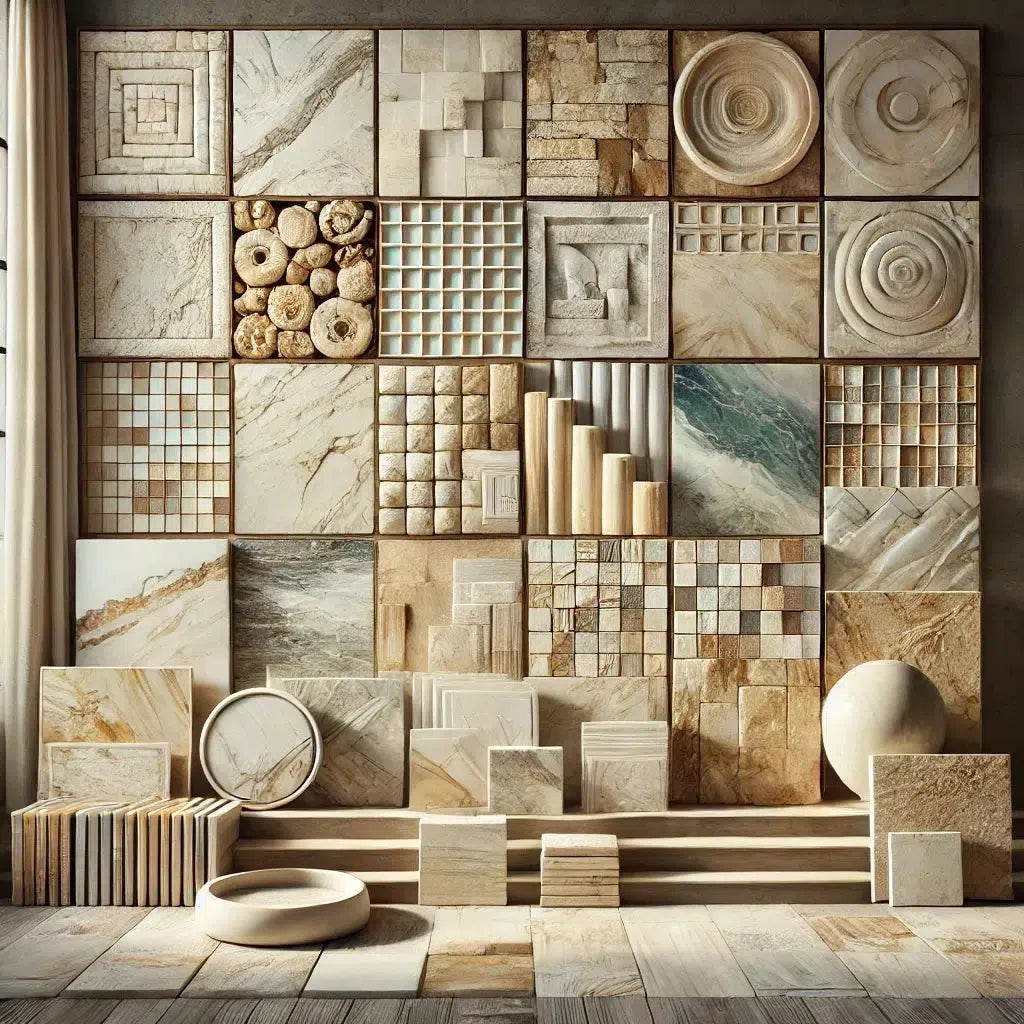 Best Selling Marble Collections
Best Selling Marble Collections
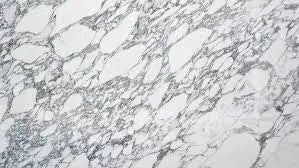 Arabescato Corchia
Arabescato Corchia Bardiglio
Bardiglio Bianco Dolomite
Bianco Dolomite  Carrara White
Carrara White  Calacatta Gold
Calacatta Gold Crema Marfil
Crema Marfil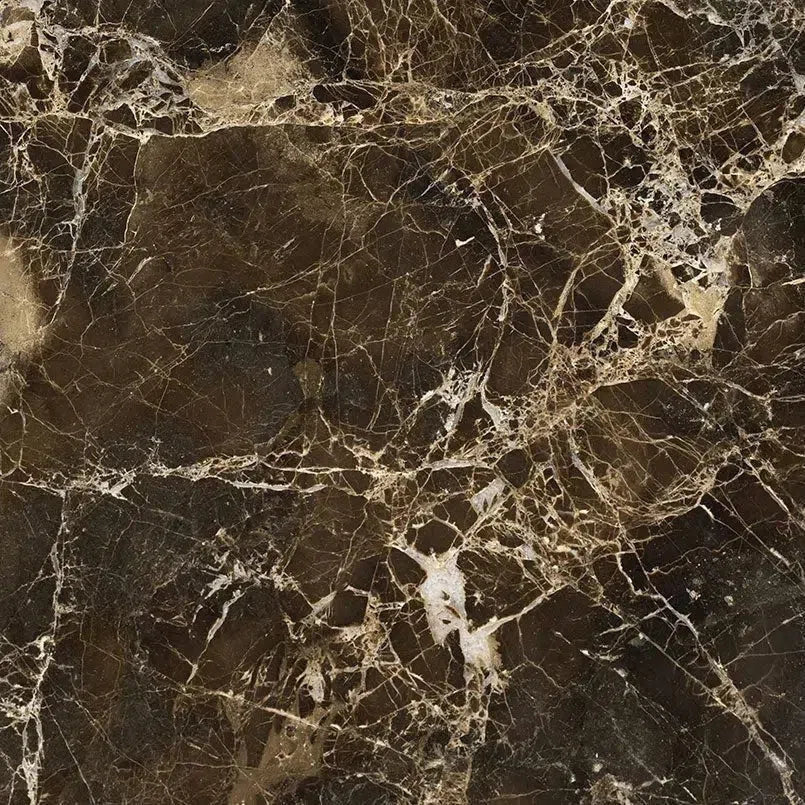 Emperador Dark
Emperador Dark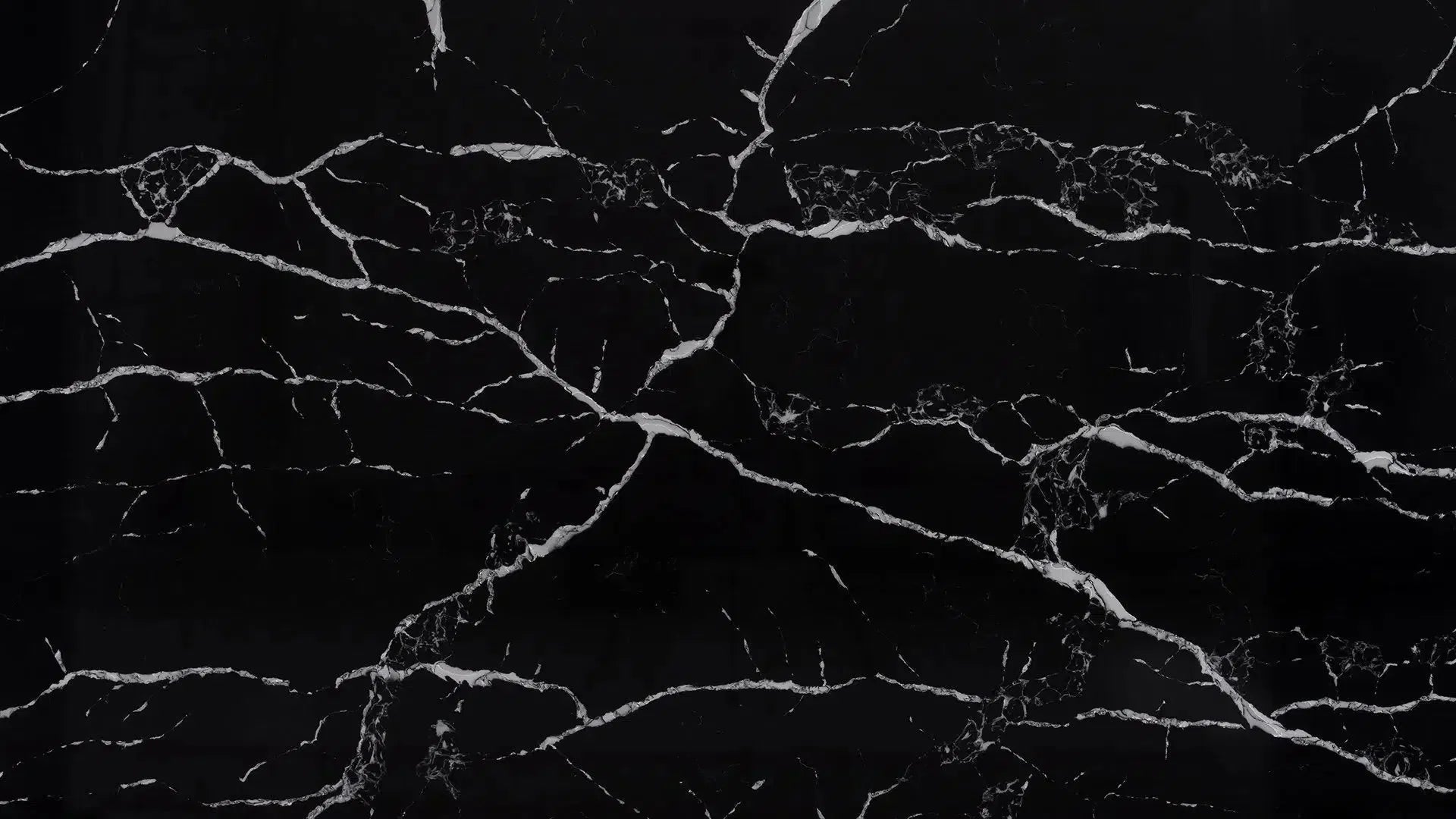 Nero Marquina
Nero Marquina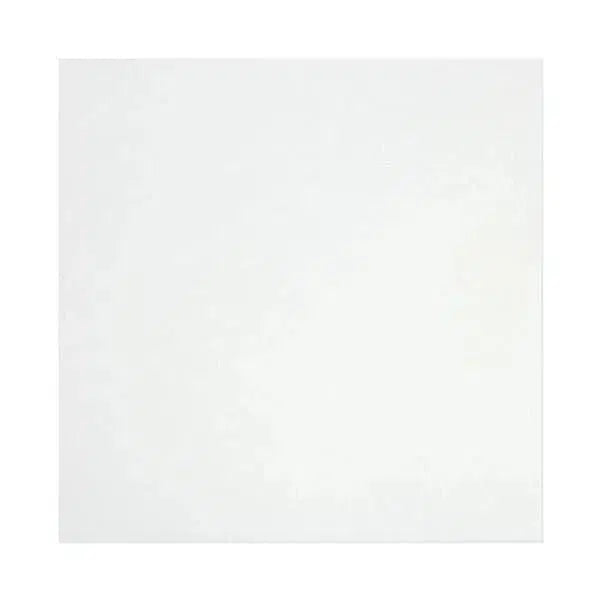 Thassos White
Thassos White Best Selling Travertine Collections
Best Selling Travertine Collections
 Ivory Travertine
Ivory Travertine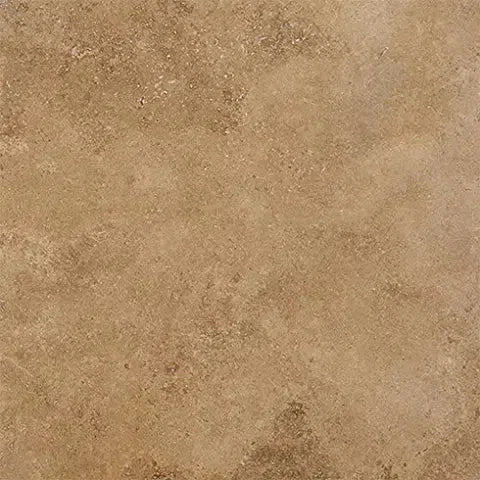 Noce Travertine
Noce Travertine Exotic Noce Travertine
Exotic Noce Travertine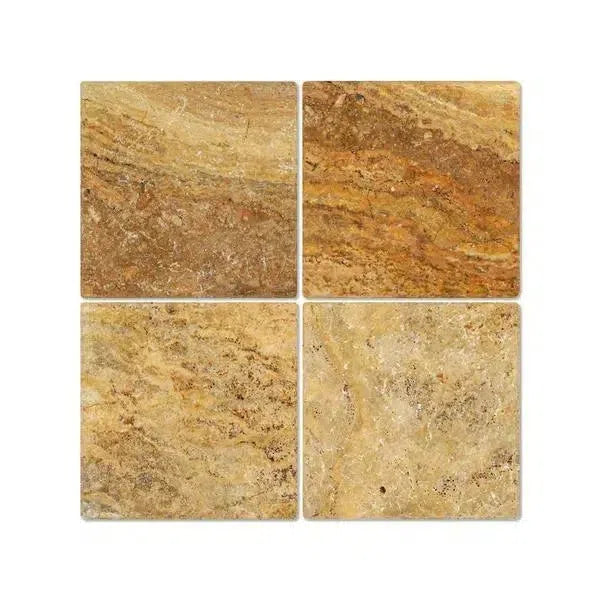 Scabos | Autumn Leaves Travertine
Scabos | Autumn Leaves Travertine Silver Travertine
Silver Travertine Exotic Travertine
Exotic Travertine Checkerboard
Checkerboard
 Patterned Tile
Patterned Tile
 Shop By Material
Shop By Material
 Travertine
Travertine Marble
Marble Limestone
Limestone Soap Stone
Soap Stone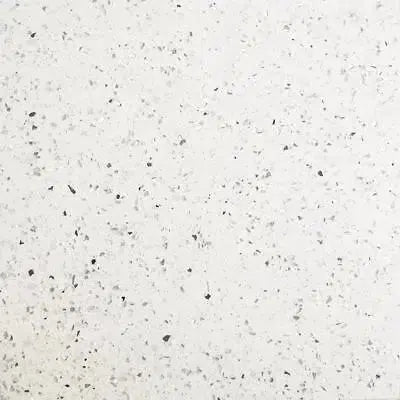 Quartz
Quartz Granite
Granite Shop By Name
Shop By Name
 Absolute Black Granite
Absolute Black Granite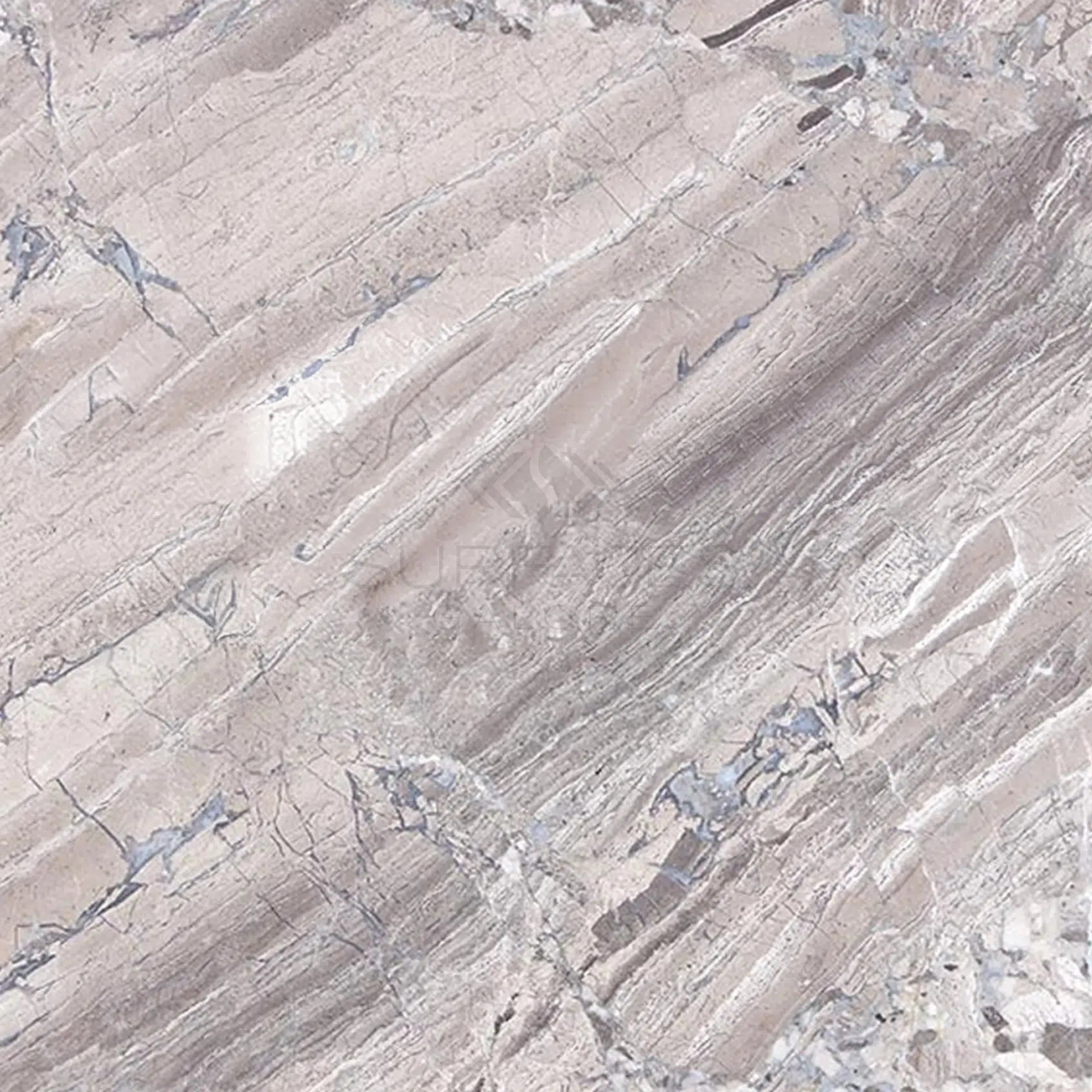 Atlantic Gray Marble
Atlantic Gray Marble Antico Onyx Travertine
Antico Onyx Travertine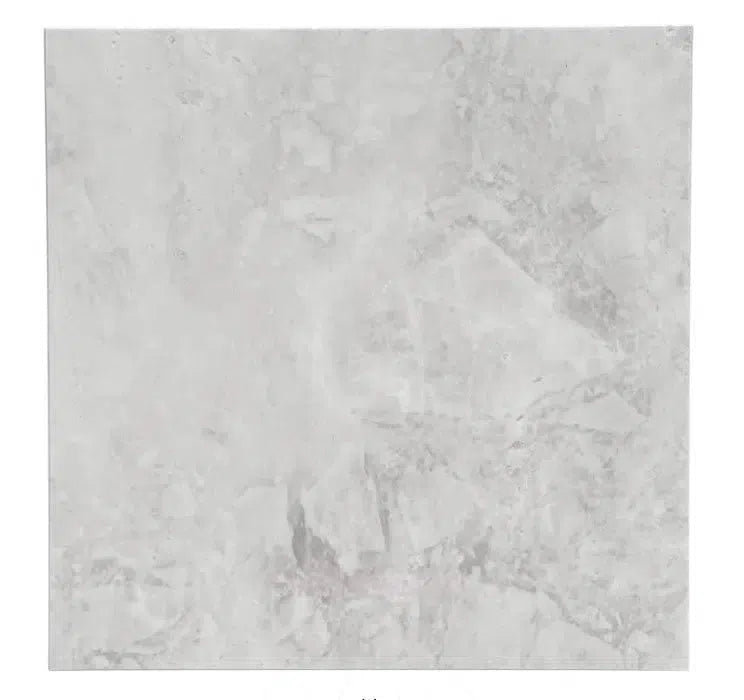 Bianco Congelato Dolomite
Bianco Congelato Dolomite Bianco Venatino (Bianco Mare) Marble
Bianco Venatino (Bianco Mare) Marble Calacatta Oliva Marble
Calacatta Oliva Marble Cappuccino Marble
Cappuccino Marble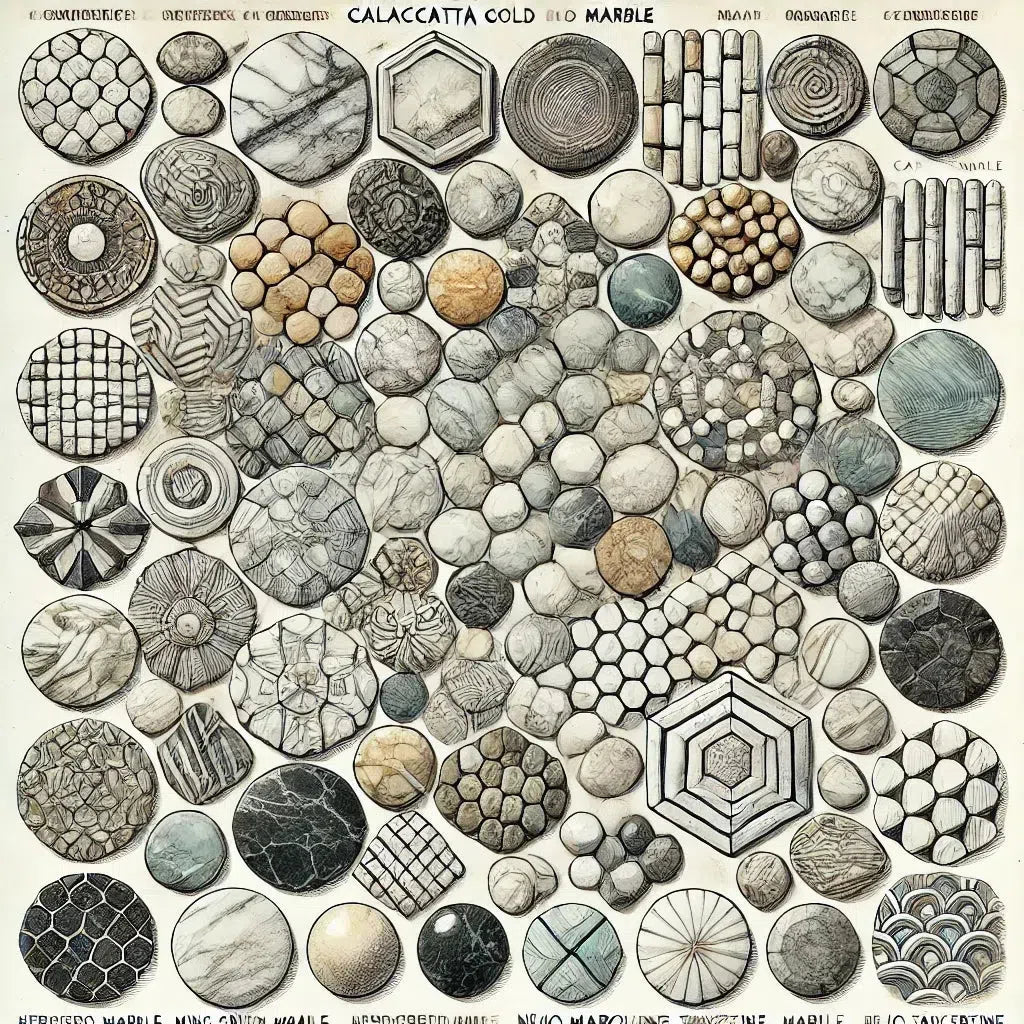 Custom-Made Mosaic
Custom-Made Mosaic Diano Royal (Queen Beige) Marble
Diano Royal (Queen Beige) Marble Durango Cream Traverine
Durango Cream Traverine Emperador Light Marble
Emperador Light Marble Empress Green Marble
Empress Green Marble Gold/Yellow Travertine
Gold/Yellow Travertine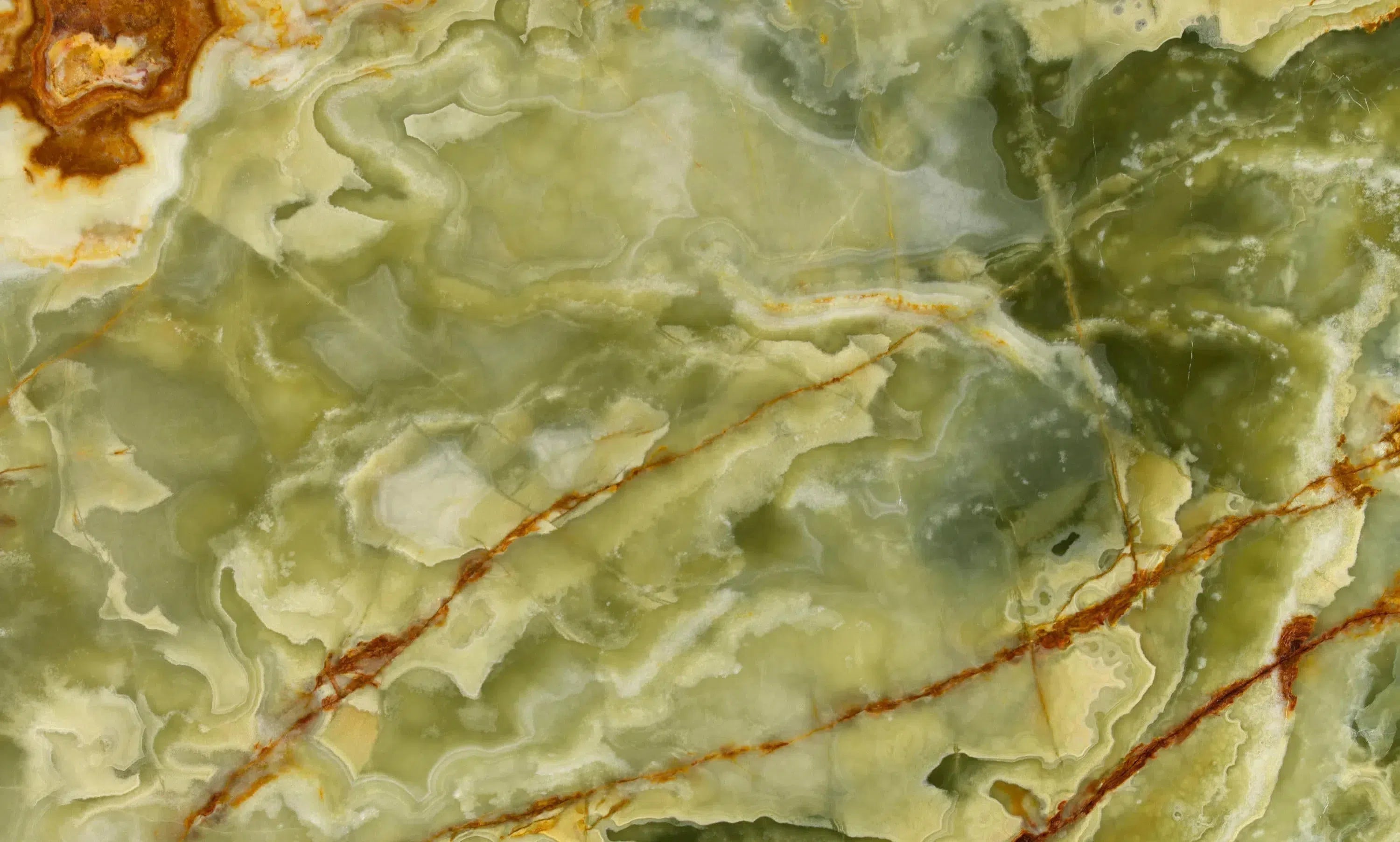 Green Onyx Marble
Green Onyx Marble Haisa Light (White Wood) Limestone
Haisa Light (White Wood) Limestone Honey Onyx Marble
Honey Onyx Marble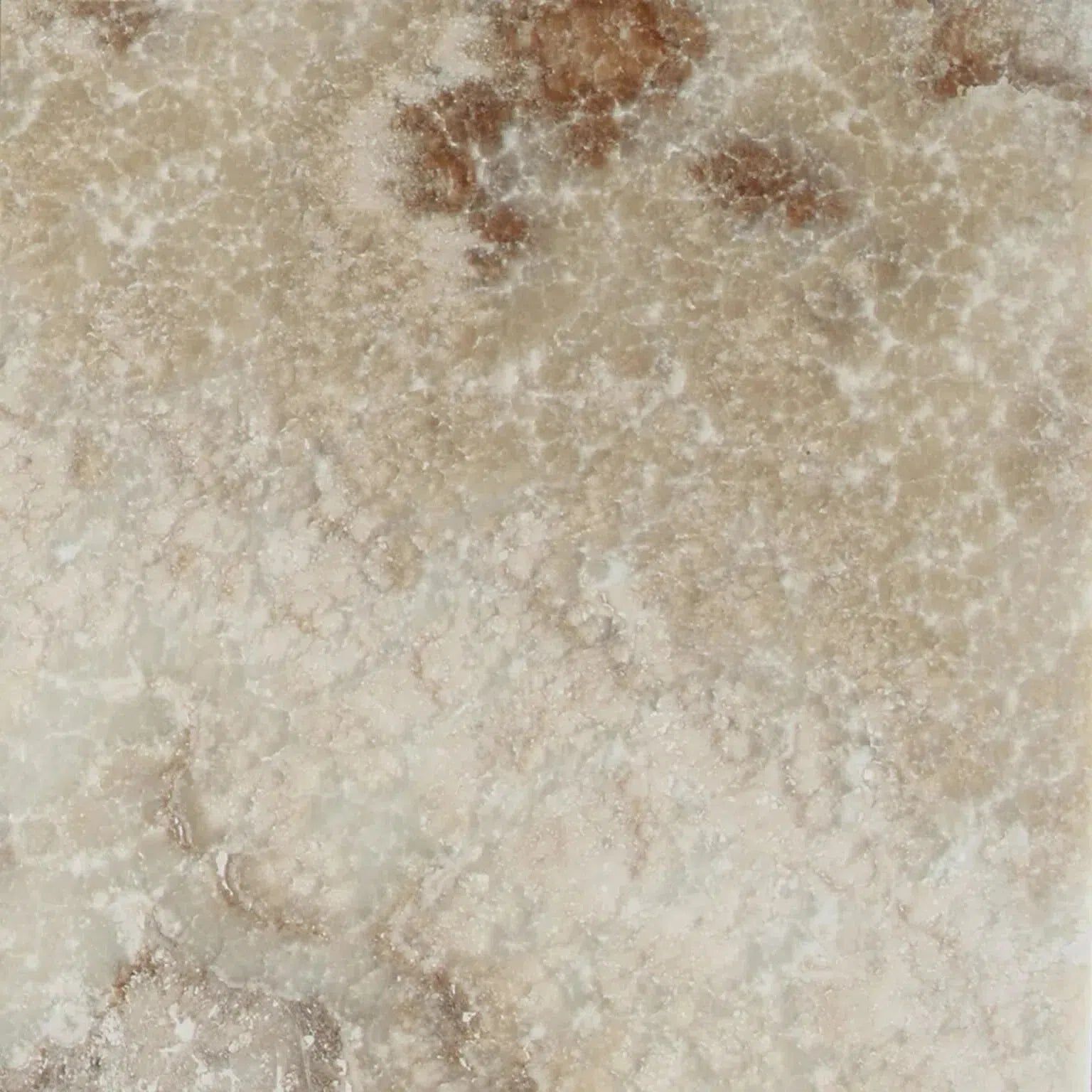 La Travonya Travertine
La Travonya Travertine Malibu Travertine
Malibu Travertine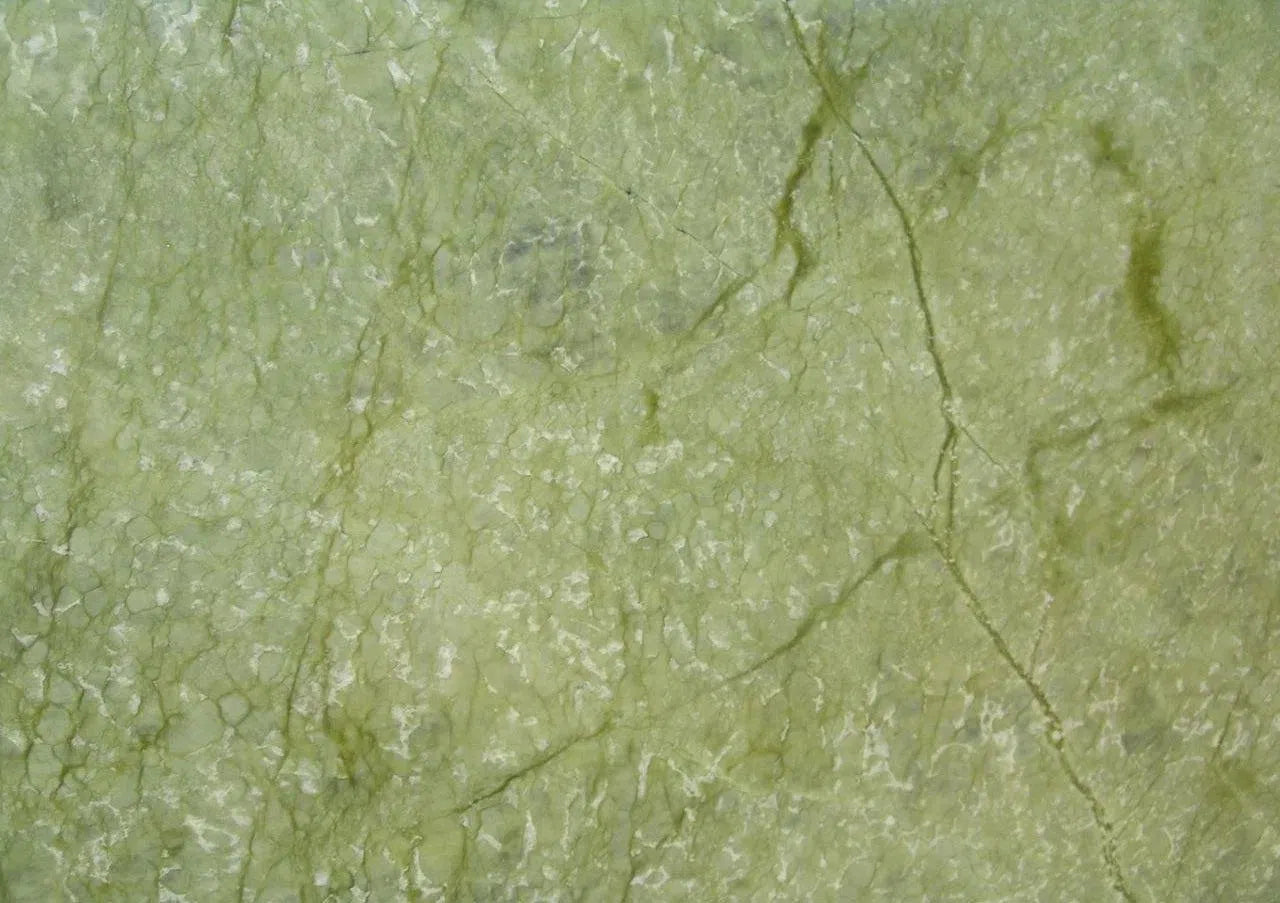 Ming Green Marble
Ming Green Marble Mink (Equator) Marble
Mink (Equator) Marble Mixed (Ivory-Noce-Gold) Travertine
Mixed (Ivory-Noce-Gold) Travertine Oriental White Marble
Oriental White Marble Pierre Bleue (Pierre Blue) Marble
Pierre Bleue (Pierre Blue) Marble Philadelphia Travertine
Philadelphia Travertine Rosso Levanto Marble
Rosso Levanto Marble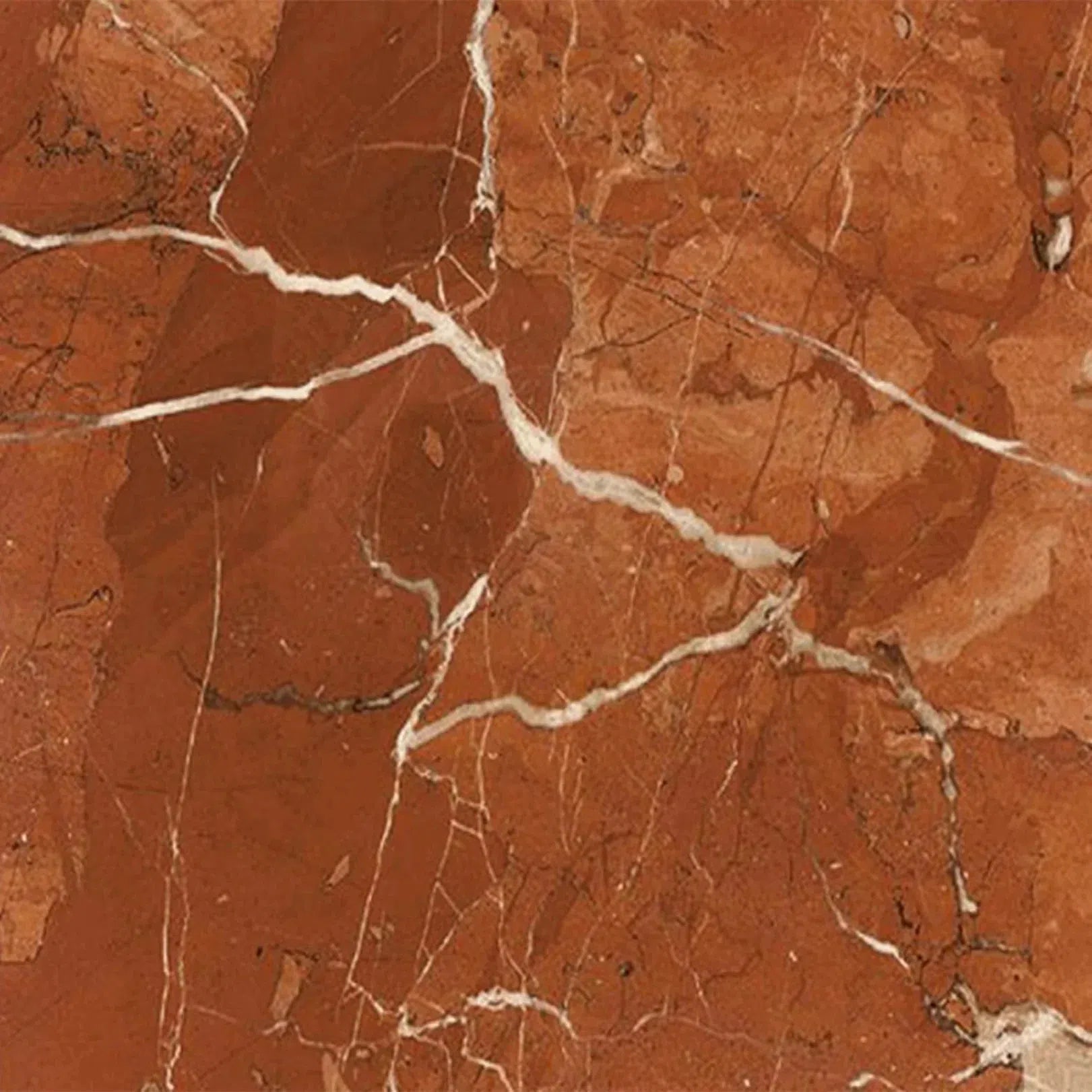 Rojo Alicante Marble
Rojo Alicante Marble Sky Blue | Azul Cielo Marble
Sky Blue | Azul Cielo Marble Snow White (Afyon White) Marble
Snow White (Afyon White) Marble Spanish Mix Marble
Spanish Mix Marble Statuary - Statuario White (Italian) Marble
Statuary - Statuario White (Italian) Marble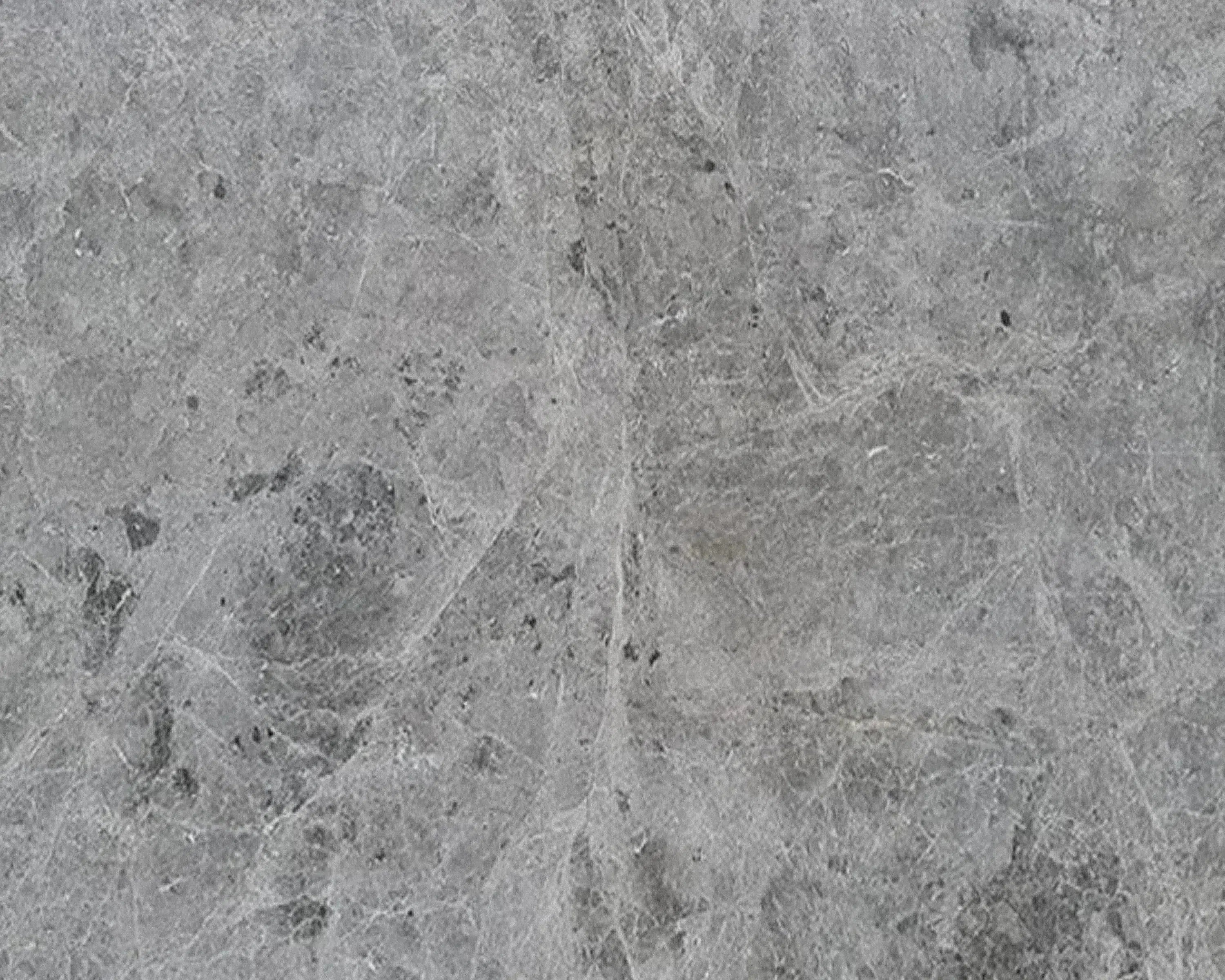 Tundra Gray (Atlantic Gray) Marble
Tundra Gray (Atlantic Gray) Marble Valencia Travertine
Valencia Travertine Valerenga Travertine
Valerenga Travertine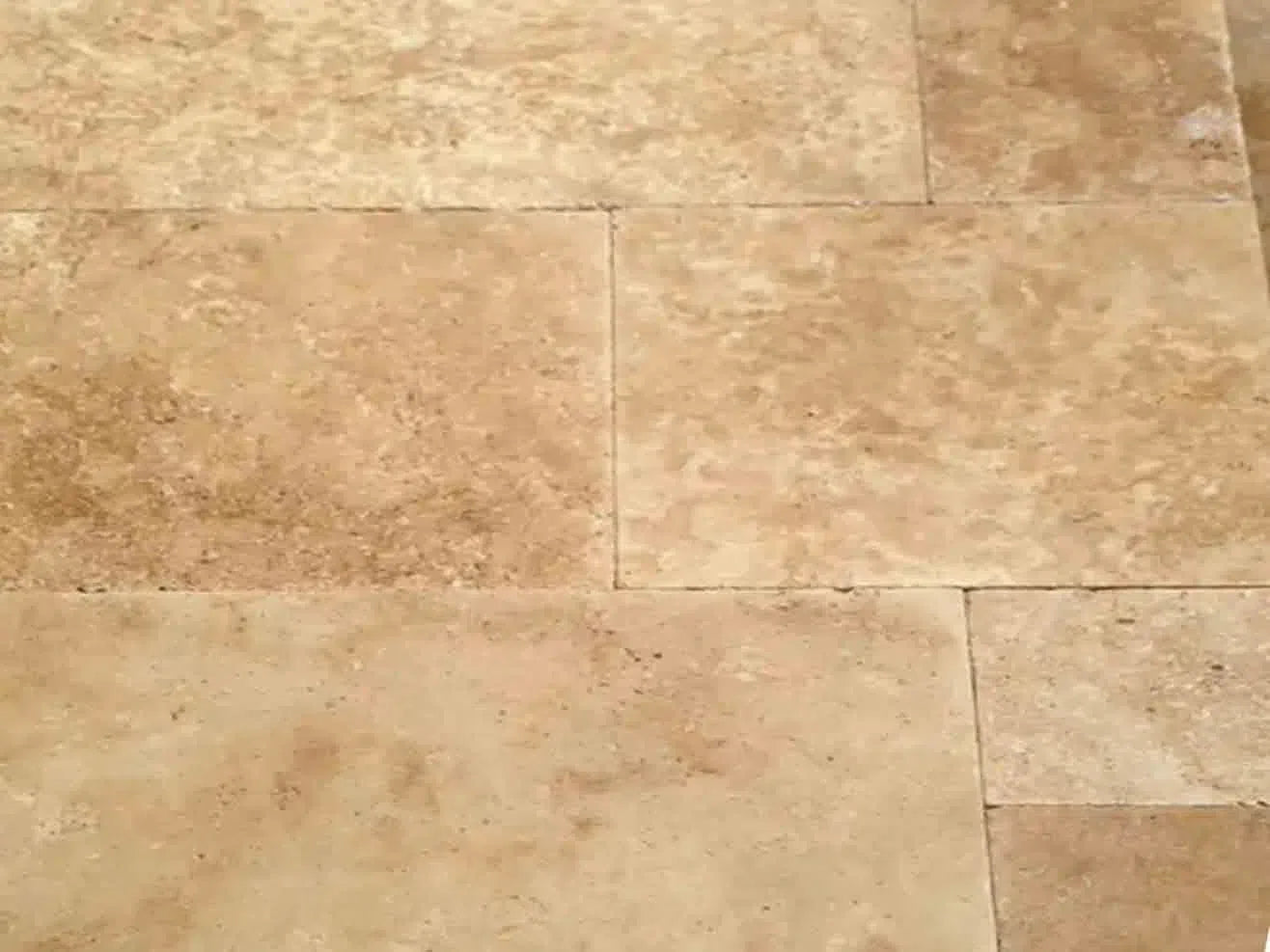 Walnut Travertine
Walnut Travertine White Onyx Marble
White Onyx Marble White Pearl/Botticino Beiege Marble
White Pearl/Botticino Beiege Marble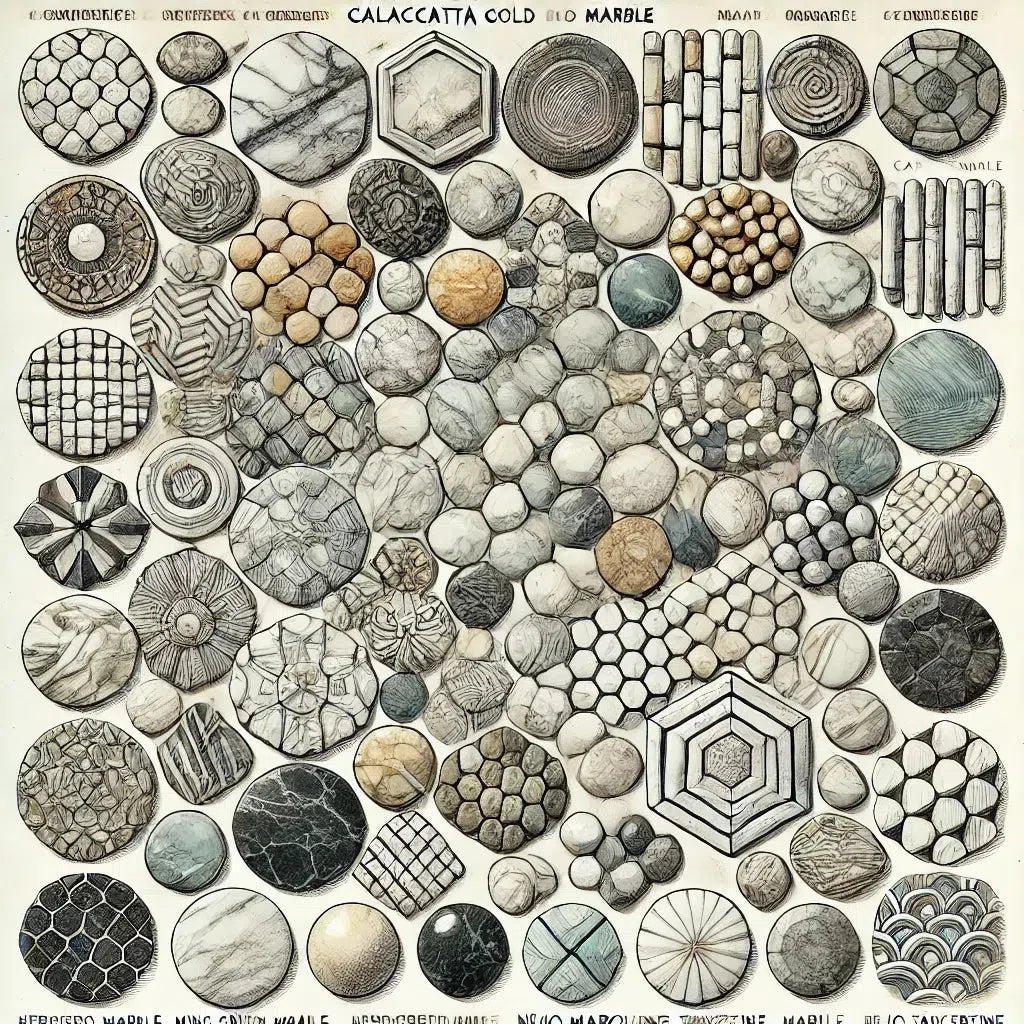 Shop By Type
Shop By Type
 Marble Tiles
Marble Tiles Marble Mosaic
Marble Mosaic Travertine Tiles
Travertine Tiles Travertine Mosaic
Travertine Mosaic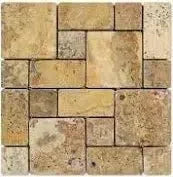 4 pcs Versailles Pattern / French Pattern Set
4 pcs Versailles Pattern / French Pattern Set Molding/Trim
Molding/Trim Border/Listello
Border/Listello Ledger-Panel
Ledger-Panel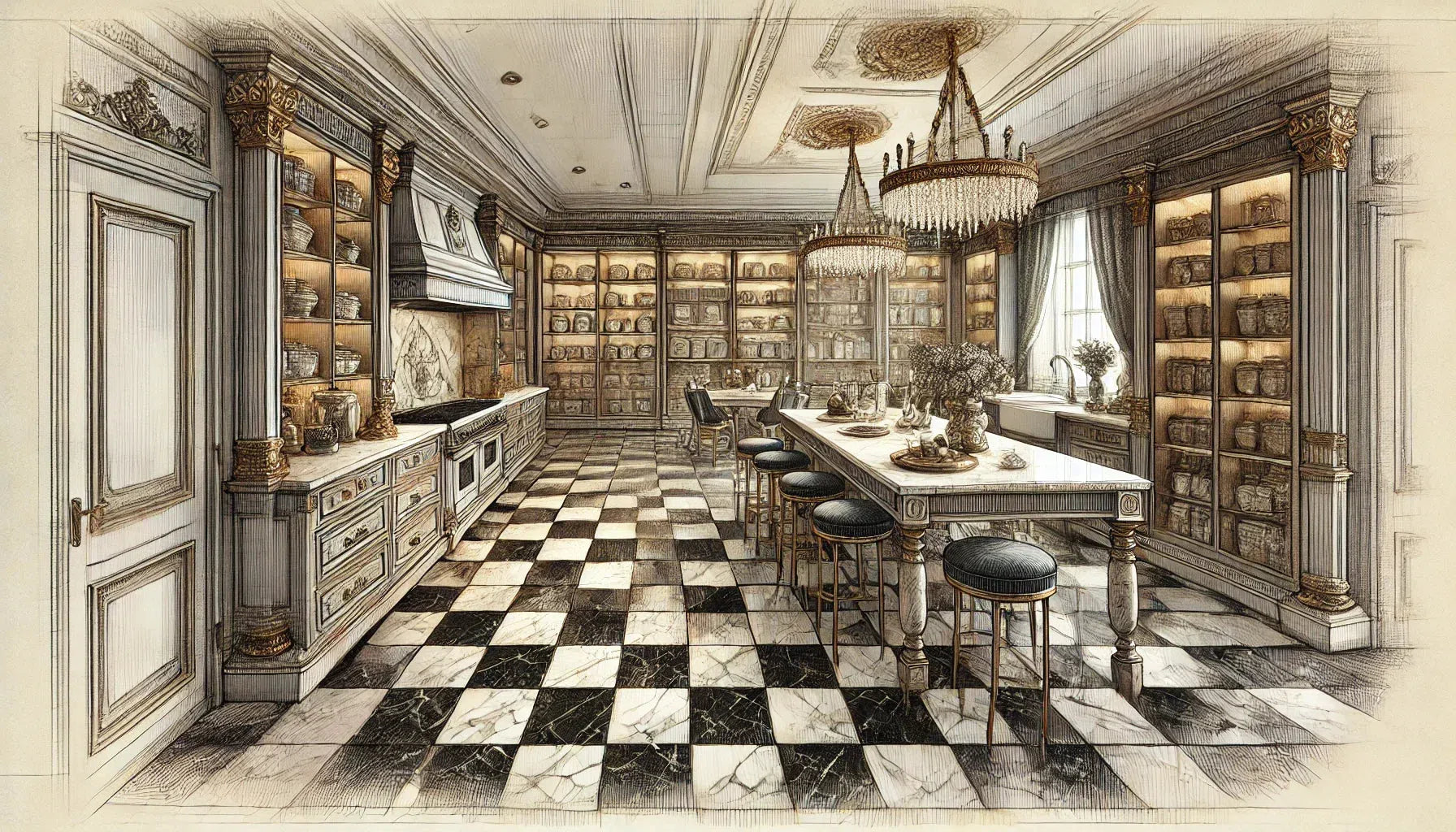 Checkerboard
Checkerboard Patterned Tile Collection
Patterned Tile Collection  Shop By Finish
Shop By Finish
 Polished
Polished Honed
Honed Brushed
Brushed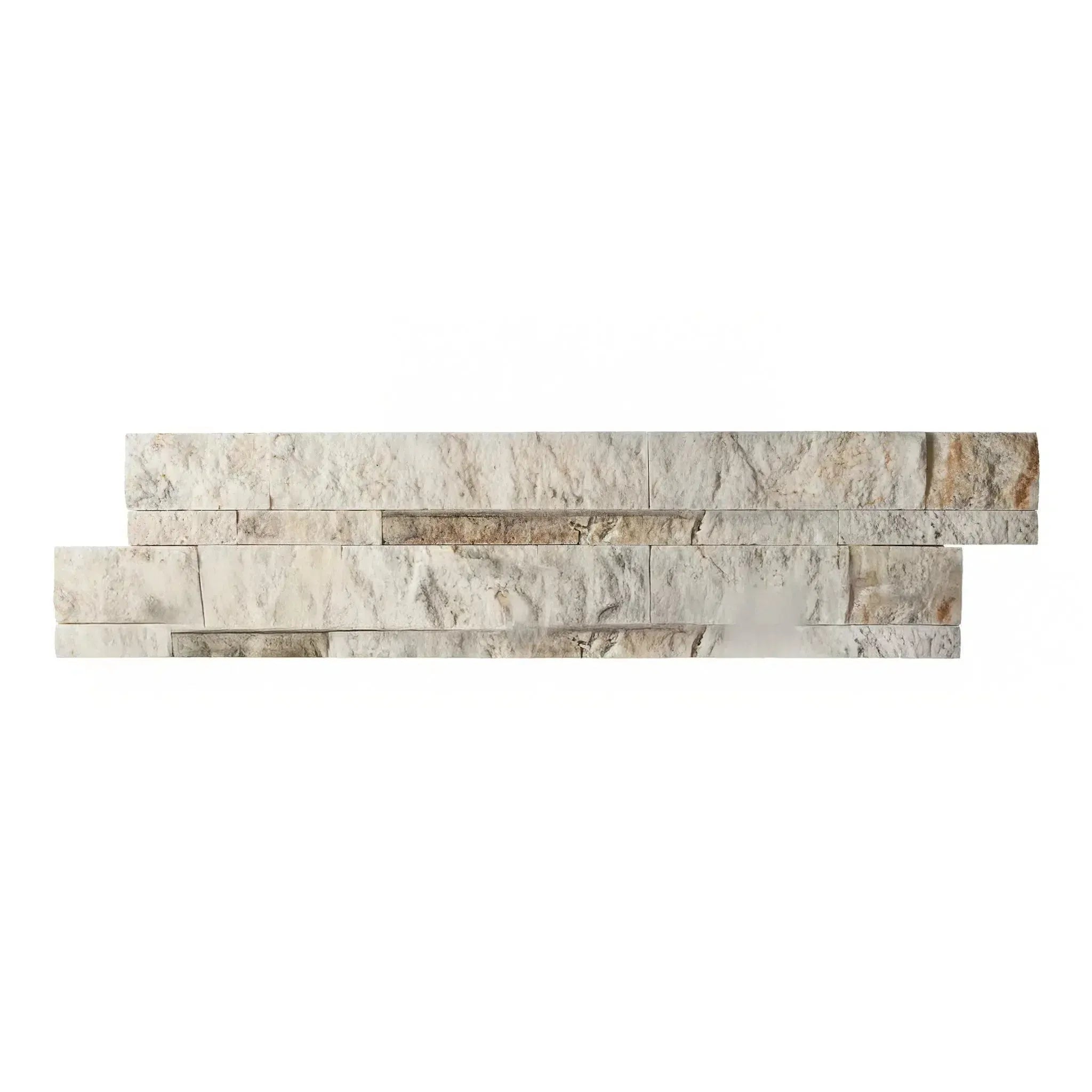 Split Face
Split Face Textured
Textured Tumbled
Tumbled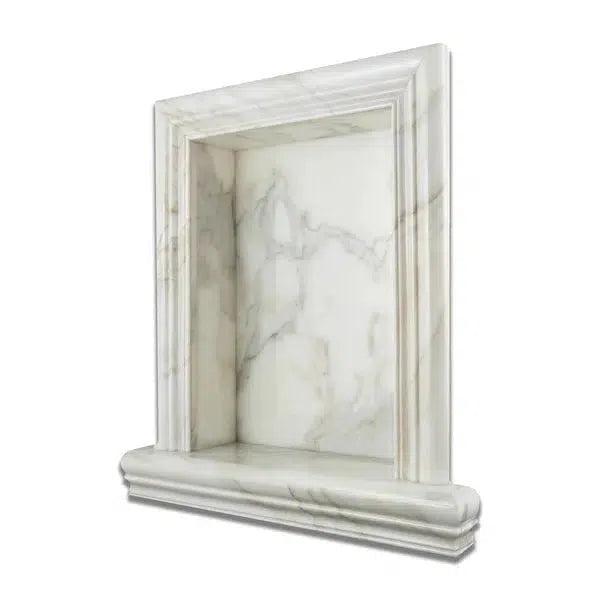 Accessories
Accessories
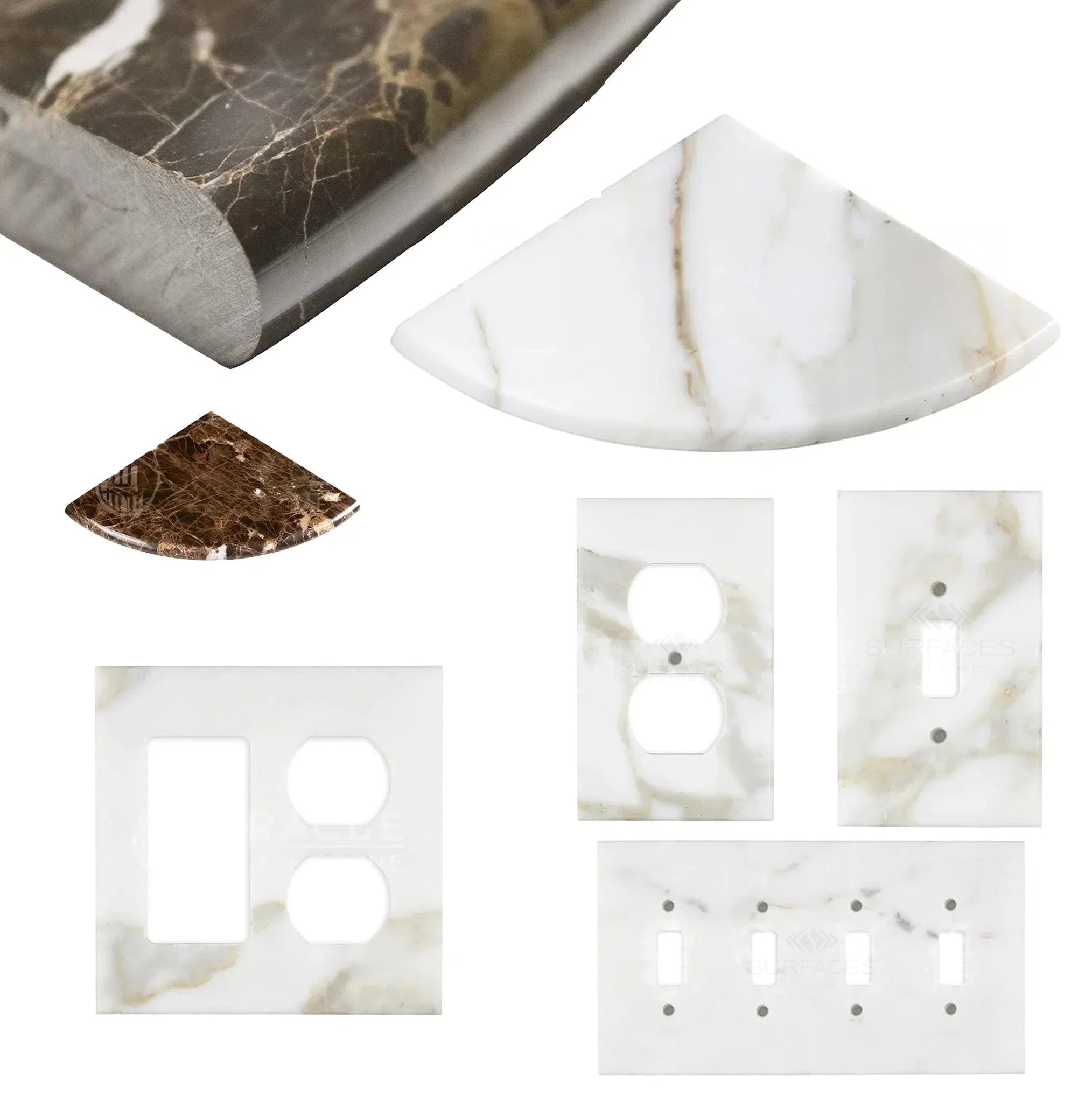 Wall Plate / Switch Plate
Wall Plate / Switch Plate Shampoo Niche
Shampoo Niche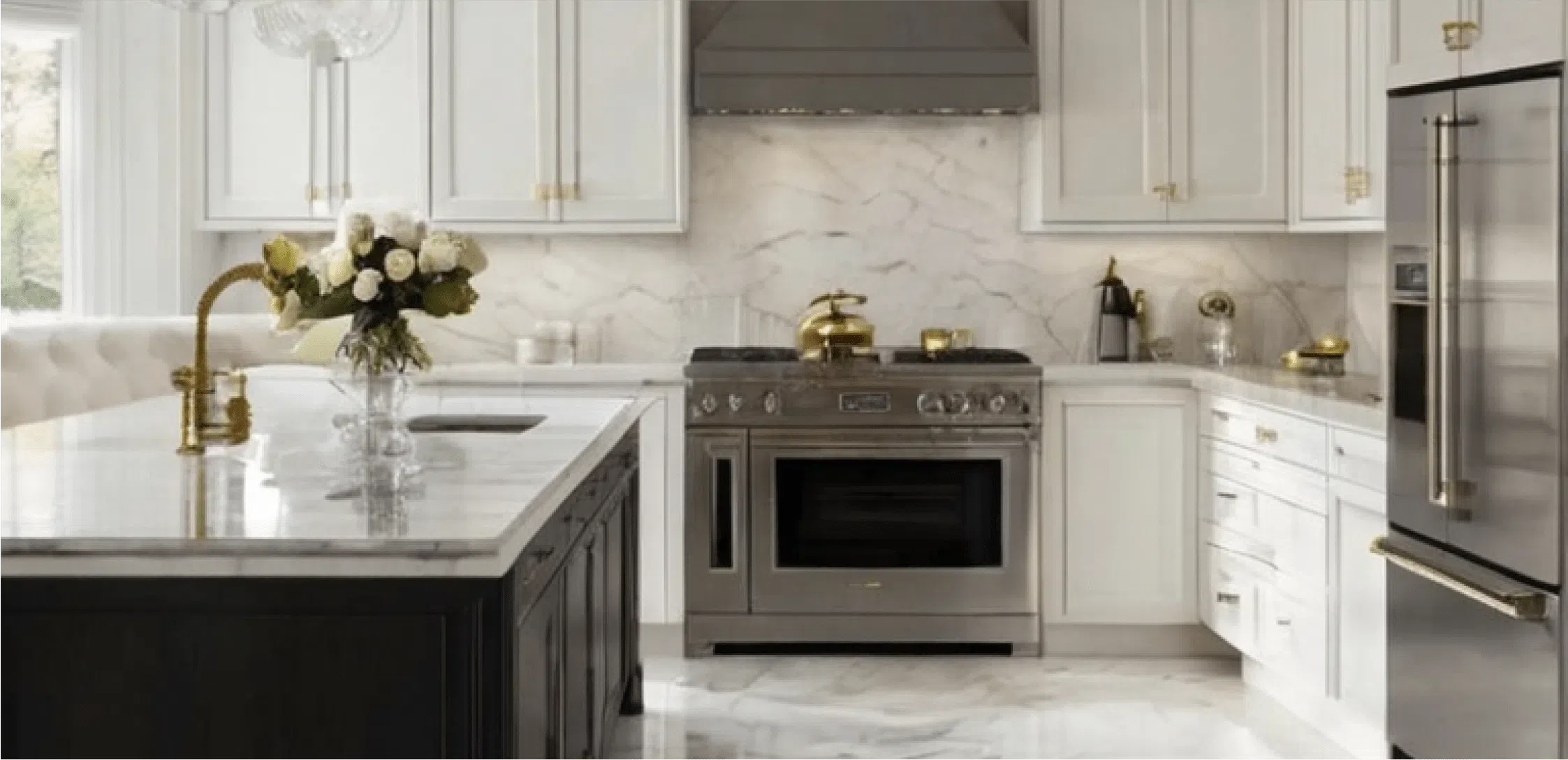 Corner Shelf
Corner Shelf Clearance
Clearance





Leave a comment